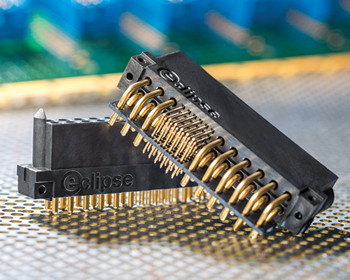Interconnects
An electronic system is a hierarchical network of connections that allows various electronic devices to communicate with one another. For the signal transmission and power distribution necessary to guarantee the proper operation of electronic equipment, numerous interconnects are needed. Electrical connectors are grouped into three types based on their termination ends: Board-to-board connectors, Cable/wire-to-cable/wire connectors, and Cable/wire-to-board connectors. Electrical connectors typically have six levels of interconnection. The connection between a fundamental circuit component and its lead, such as the connection between a semiconductor chip and the lead frame, is referred to as level 0. Chip carrier sockets, dual inline package (DIP) sockets, and switches are examples of Level 1, which is the connection between a component lead and a printed circuit board (PCB). The connection between two or more PCBs is at level two. It is typical to have a motherboard-daughterboard link. A power supply and its related subassembly are an example of two subassemblies connected at level 3. Level 4 refers to the connection between a significant subassembly and the system’s input/output (I/O) port. The connection between physically distinct systems is known as level 5, and is typically represented by the connection between a computer and a printer or other piece of peripheral equipment, or by the elements of a local network.
More Information
|
Interconnects |
|
|
|
|
|
|
|
|
|
|
|


